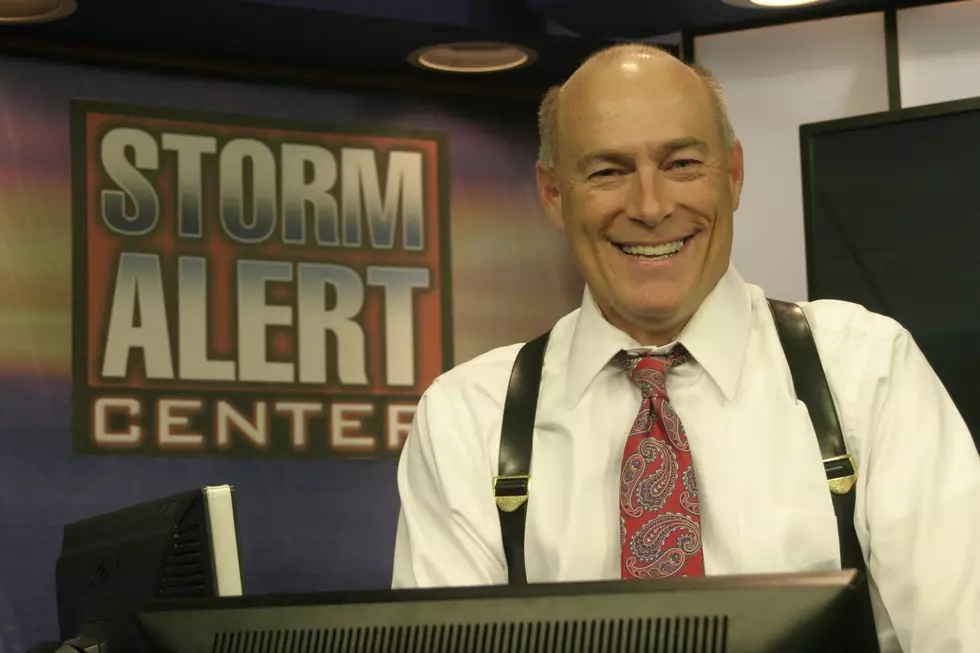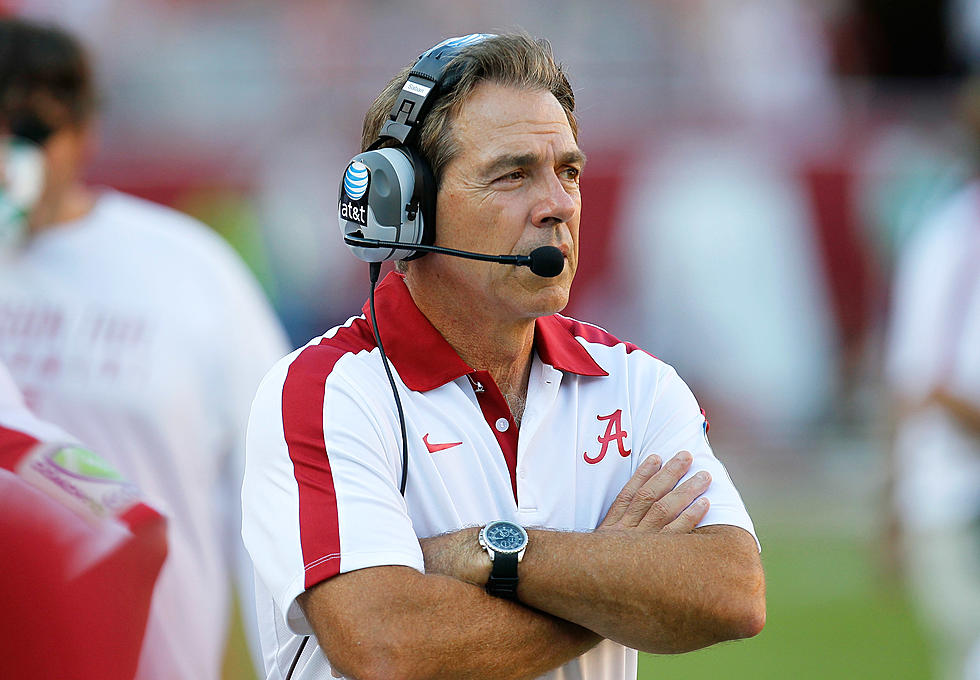
Former TFR Chief Alan Martin Recalls Leading through Tragedy After Tuscaloosa Tornado
Eight weeks prior to the April 27, 2011 tornado that tore through the heart of Tuscaloosa, Alan Martin was unconscious on an operating table as doctors performed life-saving open-heart surgery. As the chief of Tuscaloosa Fire Rescue, recovering that spring was a daunting task as several severe weather events tested the strength of those newly-sewn sutures.
In the days before the generational E-F4 tornado that devastated much of Alabama, there had been several other smaller tornadoes that still wreaked havoc on Tuscaloosa and its surrounding communities. Still, there was an eerie feeling that the system coming on the 27th was going to be different.
“Several days and weeks leading up to the 27th, I remember the news media and weather folks were predicting bad tornados,” Martin said. “It was one of those days that happens once every 30 years. We were expecting it.”
Martin had 28 years of fire experience working in Birmingham and took the job as Tuscaloosa's Fire Chief in 2002. In an interview with The Tuscaloosa Thread, Martin said Alabama is a tornado-prone state and he had dealt with tornadoes before, but nothing came close to the size of that storm.
“I don’t care how much you train or how much you think you’re prepared. When an event of this magnitude happens, it’s very chaotic,” Martin said.
As the weather got warmer that Wednesday afternoon, Martin and other city leaders became anxious, but there was nothing more to do but brace for impact.
For all the devastation left in its wake, the tornado came and went through Tuscaloosa in mere minutes, leaving Martin and hundreds of other first responders to deal with its intense aftermath.

Martin said surveying the damage after the storm had passed nearly caused his chest to be ripped open for a second time.
TFR's Fire Station No. 4 was directly in the tornado's path. Martin said as he started to receive emergency calls from across the city, his first concern was for the firefighters in that building.
“We were able to get in touch with them on the radio and luckily they had time to take cover in the showers and put mattresses on top of them before they took a direct hit,” Martin said.
The firefighters at Station No. 4 had survived, but the building was badly damaged. Still, after freeing themselves from under the building’s debris, they got straight to work.
“They were able to get themselves out and start searching and rescuing and finding people immediately,” Martin said.
With that taken care of, Martin was immediately on the phone with the cities of Mobile and Montgomery, requesting search and rescue assistance. He knew that help from closer-by communities like Birmingham would be unavailable as they dealt with significant damage of their own.
The first 14 hours after the storm passed were the hardest, according to Martin, and as night fell hours after the storm, chaos ensued.
“Even though we had the right personnel in place, it was very overwhelming, especially that first night,” Martin said. “The streets were blocked, people were injured, the hospitals were overwhelmed, everybody was overwhelmed.”
As TFR worked to access people in need, Martin said they encountered several literal roadblocks – rescue vehicles couldn't drive down what were once busy thoroughfares because they were covered in debris.
As hours passed and streets were slowly cleared, though, Tuscaloosans began to show the resiliency that would carry the city through the processes of rescue, rebuilding and eventual recovery.
“The people in the community were outstanding,” Martin said. “What they were able to do for us was something we were unable to do for ourselves – they were the eyes and ears in the community. They gave us extremely important information when we were searching because the neighbors knew who was home and who wasn’t."
Martin remembered some volunteers driving the injured to the hospital in pick-up trucks and others walking to the emergency room with hurt friends when vehicles were unavailable.
As morning dawned, TFR, the Tuscaloosa Police Department and several other local, state and federal agencies were finally able to get properly organized.
“We had rescued everyone that had survived by the afternoon of the next day. Everybody that could be rescued was already rescued.” Martin said. “We were getting a lot of reports of missing people, but we didn’t find anybody else alive after that.”
Martin said he expected a larger number of fatalities than there ultimately were – the statewide death toll ended up amounting to 252 – but said the scar on his chest ached as people all over Tuscaloosa mourned the friends they lost on April 27.
“Looking back on the situation 10 years later, I believe the city of Tuscaloosa, the leaders in Tuscaloosa at the time, and the boots on the ground did as good a job as any city could have done or has ever done,” he said. “Mayor [Walt] Maddox was able to communicate that sense of, ‘Everything’s going to get better, everything’s not alright, but it’ll get better.’”
For all coverage pertaining to the 10-year anniversary of the April 27, 2011 tornadoes, click here.
PHOTOS: April 27, 2011 Tornado
LOOK: The most expensive weather and climate disasters in recent decades
More From 92.9 WTUG









